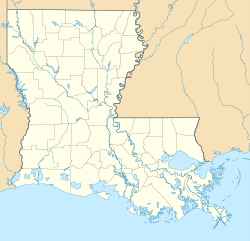Afton Villa Gardens | |
 Afton Villa, prior to its destruction by fire | |
| Nearest city | St. Francisville, Louisiana |
|---|---|
| Area | 140 acres (57 ha) |
| Built | 1849 |
| NRHP reference No. | 83000554 [1] |
| Added to NRHP | February 24, 1983 |
Afton Villa Gardens is a historic formal garden on the grounds of a former slave plantation [2] in St. Francisville, Louisiana, U.S..
